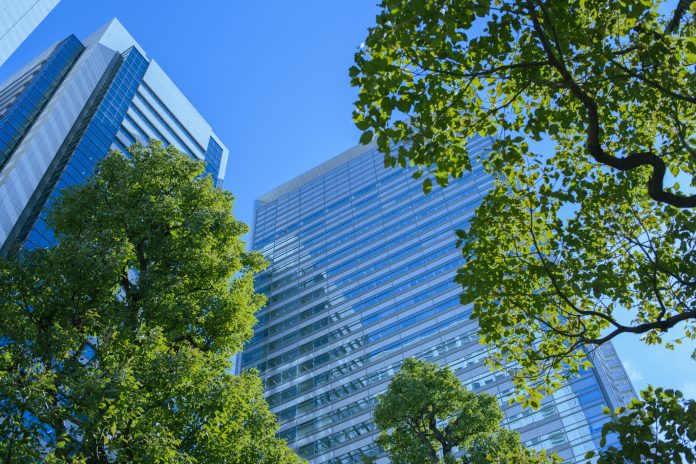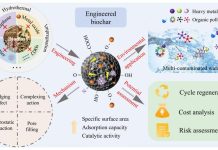As the global urban population is projected to increase to 2.5 billion people by 2050, cities face immense environmental challenges
This rapid growth shows the need for sustainable urban planning. A new study focusing on the Netherlands offers a pioneering approach to address these challenges by integrating green infrastructure with urban development, presenting a model that other urban areas worldwide can emulate.
Maintaining green space despite urban growth
Urbanisation typically means more buildings and less green space. However, this study from The Dutch Environmental Assessment Agency introduces a spatially explicit model that assesses the combined impact of urban expansion on ecosystem services and the environmental footprint of building construction.
The research, which spans 2018 to 2050, highlights innovative strategies for maintaining and even enhancing green areas despite urban growth.
One of the key findings is that dense urban construction, when paired with green infrastructure development, can actually increase green spaces by up to 5%. This approach not only preserves green areas but also boosts ecosystem services such as cooling, stormwater retention, and recreational spaces. Dense urban areas, often criticised for their lack of greenery, can benefit significantly from this integration. It makes cities more livable and resilient to climate change.
Green infrastructure
The study finds that sparse urban development, which typically leads to urban sprawl, can also benefit from green infrastructure. This approach is particularly advantageous in newly developed areas where space is less constrained. By balancing urban density with green infrastructure, the Netherlands can serve as a model for other countries looking to make their cities more sustainable.
The environmental benefits of these strategies are substantial. Dense construction reduces the demand for building materials and associated greenhouse gas emissions, making it a more resource-efficient option. The study suggests that a circular economy approach in the building sector, which emphasises the reuse and recycling of materials, can further reduce environmental impacts.
Challenges of a green infrastructure
The study also considers the challenges. Implementing green infrastructure in densely populated areas can be complex due to competition for land and the presence of underground utilities. Solutions like green roofs and facades are suggested as innovative ways to incorporate greenery in urban settings.
Overall, this integrated approach to urban planning in the Netherlands offers valuable insights for sustainable urbanisation globally. By combining green and gray infrastructure, cities can reduce their environmental footprint while enhancing the quality of life for their residents.











